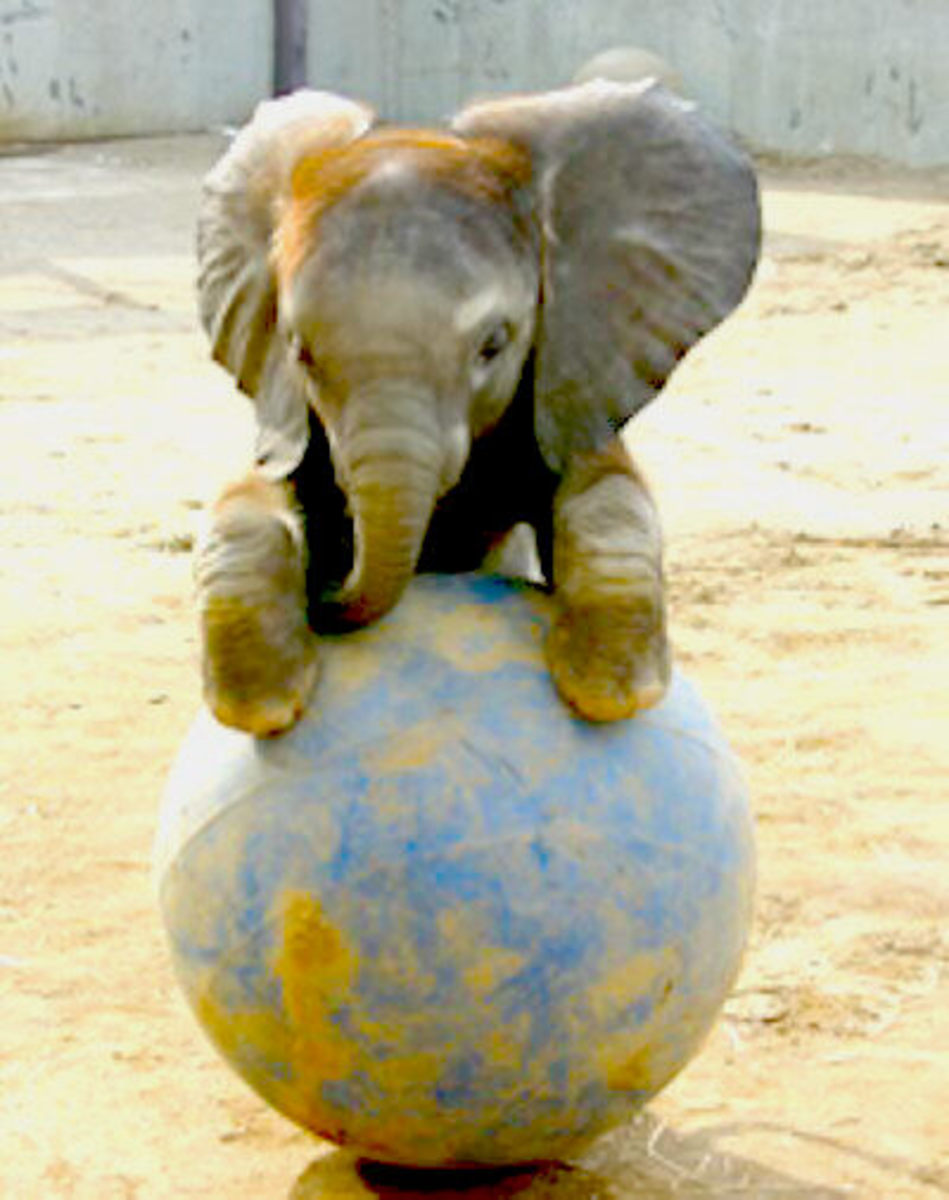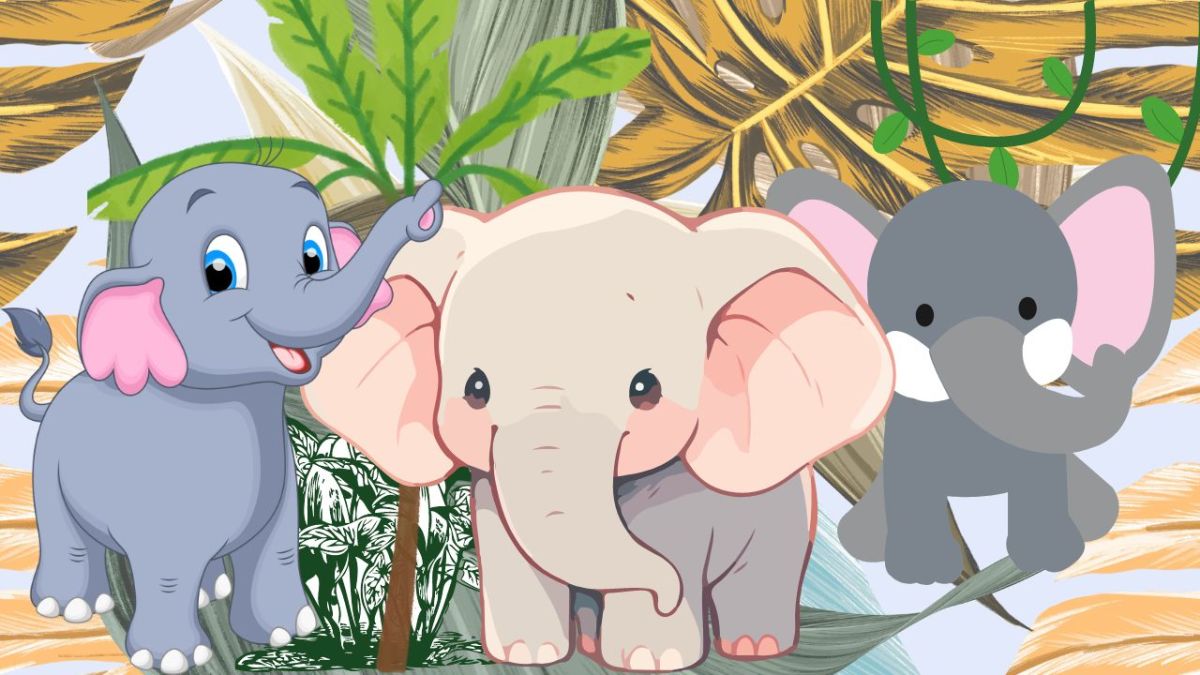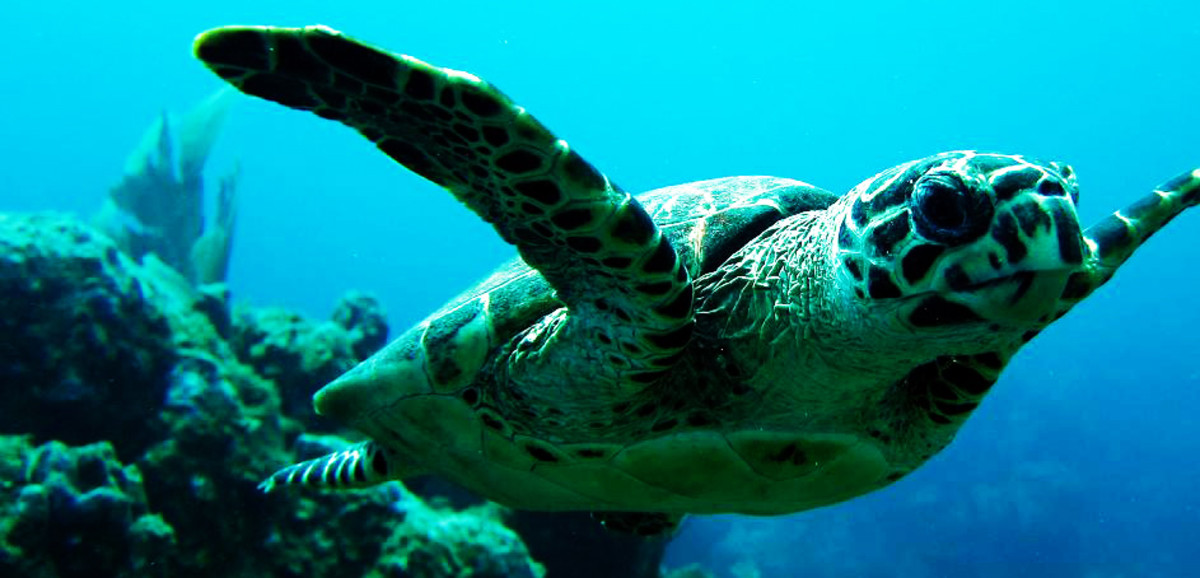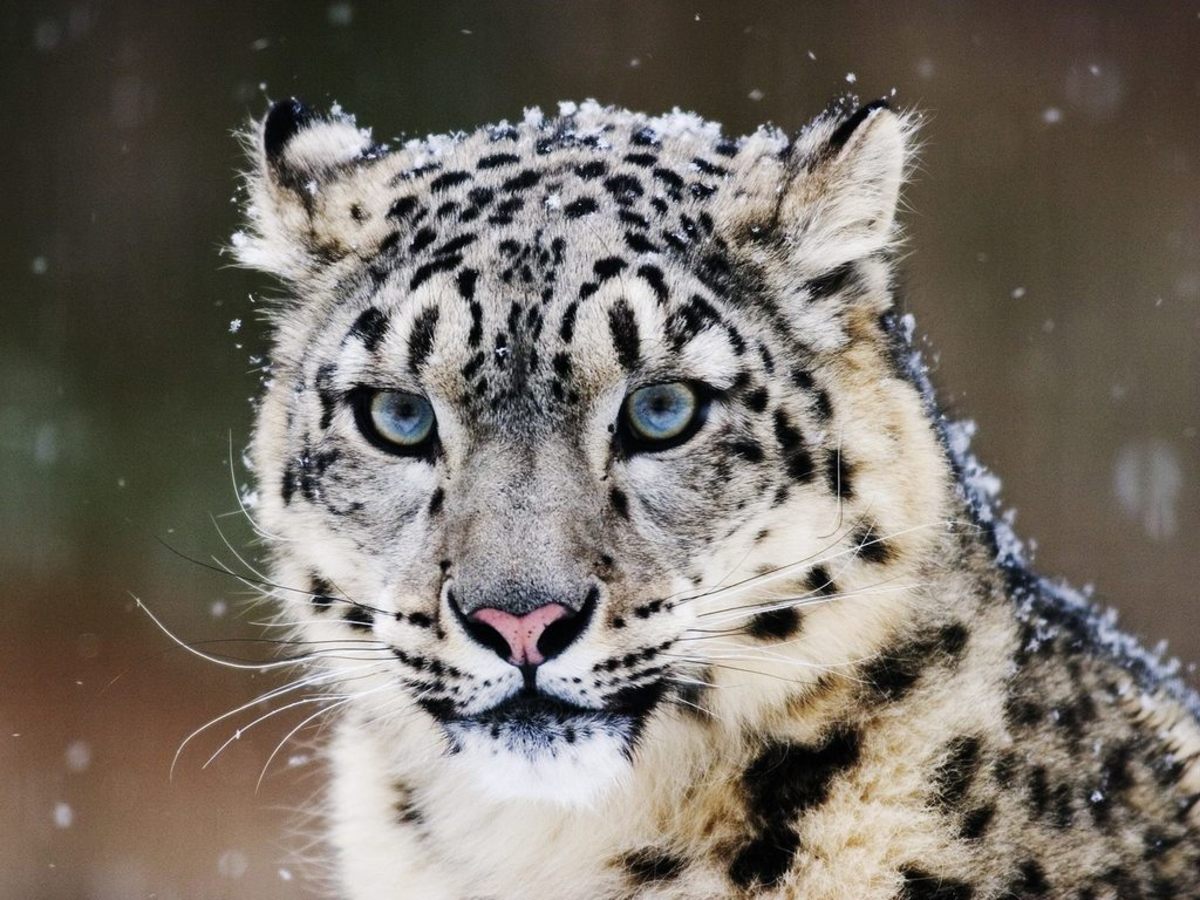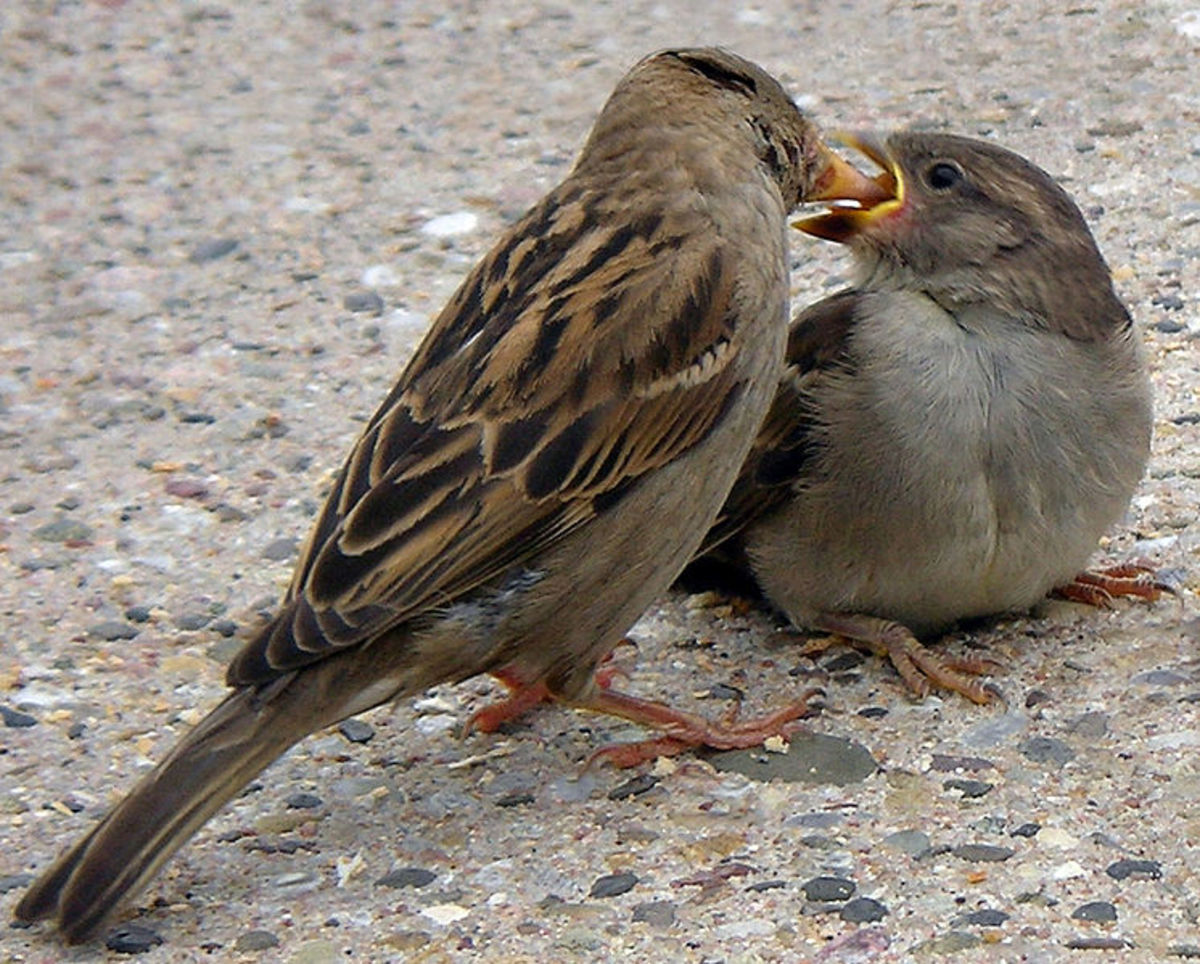- HubPages»
- Education and Science»
- Life Sciences»
- Endangered Species
Are Elephants Becoming Extinct or Proliferating? - They Are Both
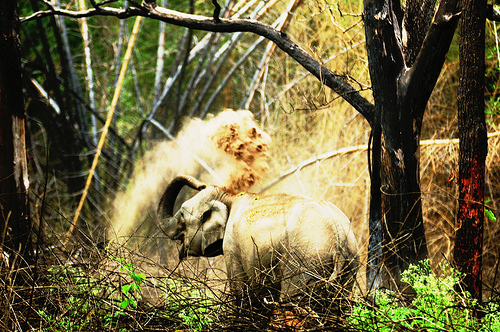
Status Of the Elephant In the World
In the 2010s, elephants are still poached for tusk ivory, meat, elephant hide, feet for waste baskets and umbrella stands, medicinal parts, and more.
Even though worldwide protection for wild elephants in Africa and Asia is had through the Convention on International Trade in Endangered Species (CITES) Treaty, the trafficking potential of ivory value and ineffective enforcement of the treaty, along with isolated herd locations, translate to continued poaching.
India and Africa
In parts of India and Africa, elephants are endangered as species, because of poaching that produces such items as illegal carved ivory art pieces, elephant's foot wastebaskets, love potions, and other poor uses of an elephant. Public Television is filled with documentaries about this problem.
In most of Africa, elephants are poached to a greater extent than in India, because African species produce tusks in both the male and the female; whereas, only males in the Asian (Indian) group produce tusks at a certain age. The overall problem of poaching and herd decline is more pronounced in Africa than in India. African have outnumbered Asian elephants for quite some time and while numbers are approximate, fewer than 33,000 Asian and fewer than 400,000 African elephants live in the wild (World Wildlife Federation, 2012).
Considering that people are studying and documenting the language of elephants, poaching these creatures for wastebaskets now seems akin to making a lampshade of your Aunt Alice's skin.
Some celebrities are not helping with the problem, but exacerbating it. for example, the World Wildlife Fund's branch in Spain ousted King Juan Carlos from its position of Honorary President. The Board decided that the King's recent elephant-hunting safari went against its goal of conserving endangered species. That's rather obvious.
Crowded Ivory Coast Elephants Relocated
Elephants by the dozen have been tranquilized near the town of Daloa and loaded onto trucks with cranes. From there, they were loaded into large crates and driven by truck to Assagny National Park, 10 hours away. People in the Ivory Coast hope that this will give their elephants more room and food sources to thrive.
Reference: http://news.yahoo.com/ivory-coast-pilots-novel-elephant-rescue-133242682.html Retreived 1-27-2014.
Elephant Relocation
Gender Imbalance Among Asian Elephants
Scientists are looking at the Asian (Indian) elephant species Elephas maximus in the important Biligiri Rangaswamy Temple Tiger Reserve (BRT) after 30 years of heavy poaching activities. It seems that the poaching has caused a gender imbalance that will further limit herd size in the near future.
Females now outnumber males in the park by a ratio of 4 to 1 (see reference Tropical Conservation Science). In this park and elsewhere in India, poachers specialize in killing male elephants in order to take their tusks, but they leave the females alone. This is a distinct difference between African and Asian elephants: African females have tusks and are poached as much as are males. In any event, an all-female Asian species herd is not going to have offspring naturally.
Already the "elephant density" in the park is down to 1.7 elephants per Km2 and perhaps 700 total elephants. Elsewhere, as in the Western Ghat Mountains, density is 3.3 and in the local Nagarahole Tiger Reserve. Densithy is 4.41 in the Mudumalai Tiger Reserve.The elephants in the Biligiri Rangaswamy Temple Tiger Reserve have thinned to the point of possible extinction soon. India is home to a reported 50% of all wild Asian elephants, all on an Endangered Species list.
Plans are underway to attempt to repopulate the elephant herd within the BRT park.
REFERENCE:Kumara, H. N., Rathnakumar, S., Kumar, M.A., and Singh, M. 2012. Estimating Asian elephant, Elephas maximus, density through distance sampling in the tropical forests of Biligiri Rangaswamy Temple Tiger Reserve, India. Tropical Conservation ScienceVol. 5(2):163-172.
Related Indian Locations
Nearest town to the Tiger and Elephant Sancutary
Elsewhere In Asia and Africa
- Elephant with a Heart - How Elephants Communicate - Meet Motala
Some people have always thought that elephants can talk to one another and to us. Rudyard Kipling's story about elephants dancing in the jungle on a special night adds magic to this thought. At the same time, researchers have found actual elephant la
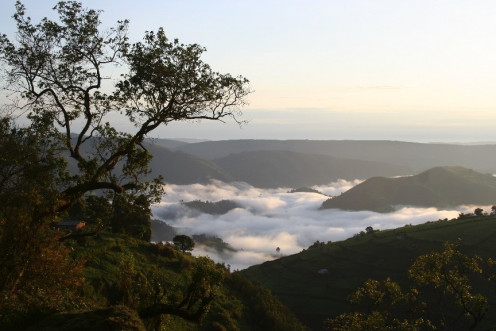
Anti-Poaching Campaigns
One method of eliminating poaching as a problem is the use of specialized dogs.
The Democratic Republic of the Congo maintains a national park known as Virunga National Park. It employs a a group of soldiers that battle elephant poachers, as shown on several NPR television episodes dealing with conservation in Africa. These men are highly-trained warriors who track poachers for low wages to save wildlife.
Dogs play an important part in Congo anti-poaching activities as well. The bloodhounds that work with the commandos are called Congohounds and are trained to protect all of the Virunga National Park’s wildlife from poaching with their tracking and capture skills. Reportedly, these dogs are able to identify a single scent from out of millions of scents.
Congohounds Protect Other Wildlife In Viruga
- Congohounds on Facebook
- NATURE: The Elephants of Africa - The Poaching Problem
Eco-tourism provides money put back into Masai communities so that the people will help to preserve African elephants by leaving their farmlands unfenced. This allows for elephant migrations. Between 1979 - 1989, the elephant population was halved.
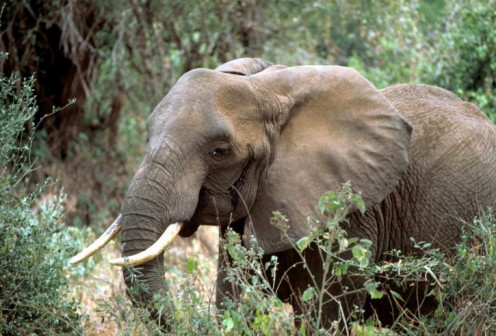
Conservation Gone Awry
During the late 1980s along the New York and New Jersey borderlands, a specific species of goose became threatened because of over-culling during hunting seasons.
In order to protect this species from extinction, state laws were passed to prevent hunting these game birds. Unfortunately, so many of these geese feasted on the greenery of this location that they ate all of the plant life away, leaving only dirt. Wind and rain performed natural erosion on this area and led to additional problems as the birds moved a little each year and at another batch of vegetation down to the dirt. Eventually, hunting of this goose species was re-instituted.
Something like this is occurring with African Elephants in one nation - South Africa.
South Africa has experienced continued growth in its African elephant populations as a result of conservation efforts and anti-poaching enforcement. A side effect of this is that the nation has thousands of elephants that are crowded room and food.
As a counter measure, the KwaZulu-Natal province needs to expand an ongoing elephant birth control project that is over 10 years old as of 2012. Authorized personnel inject female elephants with a vaccine that blocks sperm reception via an immune response.
At the same time, Botswana to the north has a more serious problem of overpopulation by elephants that number over 133,000 among a human population of 2 million in mid-2012 according to several nnws reports. Migration of elephants through these better-developed areas is difficult, and contraceptive vaccines for the animals are considered for the future here as well.
Elephant Species
Current Subspecies
In 2012, scientists largely acknowledge 6 subspecies of elephants:
AFRICAN
- Savannah or bush elephant (Loxodonta africana africana) - Largest of the African elephants.
- Forest elephant (Loxodonta africana cyclotis)
ASIAN (INDIAN)
- Sri Lankan Elephant (Elephas maximus maximus) - Largest of the Asian elephants.
- Sumatran Elephant (Elephas maximus sumatranus)
- Mainland Elephant (Elephas maximus indicus): Largely in India, Southeast Asia, and a small number in China. .
- Borneo pygmy (Elephas maximus borneensis)
There is also some discussion as to whether a group of elephants in Viet Nam is a different subspecies of Asian elephant.


